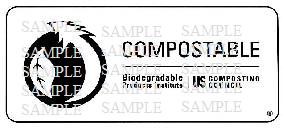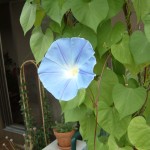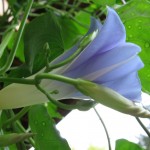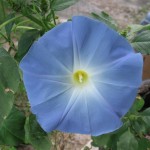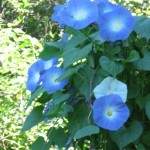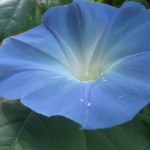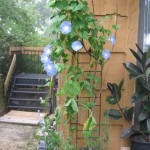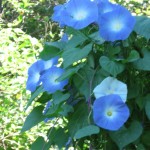Sun: Medium Light
Water: Water well when moderately dry
Soil: Prefers well drained soil
Fertilize: monthly during growing season with a weak solution
Native to: South Africa
Notes:
Got mine at Steins several years ago. Not entirely sure mine are fasciata or attenuata. Haworthia fasciata doesn’t like direct sunlight, as I have recently found by accident. I thinned out the plants above it in the window and now it’s turning red! The leaves are becoming brittle and some of them are drying out. It likes bright light, just keep it out of the direct sun.
Other Resources:
